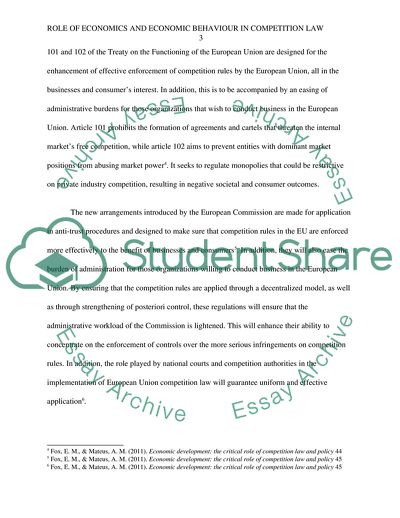Cite this document
(Role of Economics and Economic Behaviour in Competition Law Essay, n.d.)
Role of Economics and Economic Behaviour in Competition Law Essay. https://studentshare.org/law/1812511-competition-law-is-about-economics-and-economic-behavior
Role of Economics and Economic Behaviour in Competition Law Essay. https://studentshare.org/law/1812511-competition-law-is-about-economics-and-economic-behavior
(Role of Economics and Economic Behaviour in Competition Law Essay)
Role of Economics and Economic Behaviour in Competition Law Essay. https://studentshare.org/law/1812511-competition-law-is-about-economics-and-economic-behavior.
Role of Economics and Economic Behaviour in Competition Law Essay. https://studentshare.org/law/1812511-competition-law-is-about-economics-and-economic-behavior.
“Role of Economics and Economic Behaviour in Competition Law Essay”. https://studentshare.org/law/1812511-competition-law-is-about-economics-and-economic-behavior.


